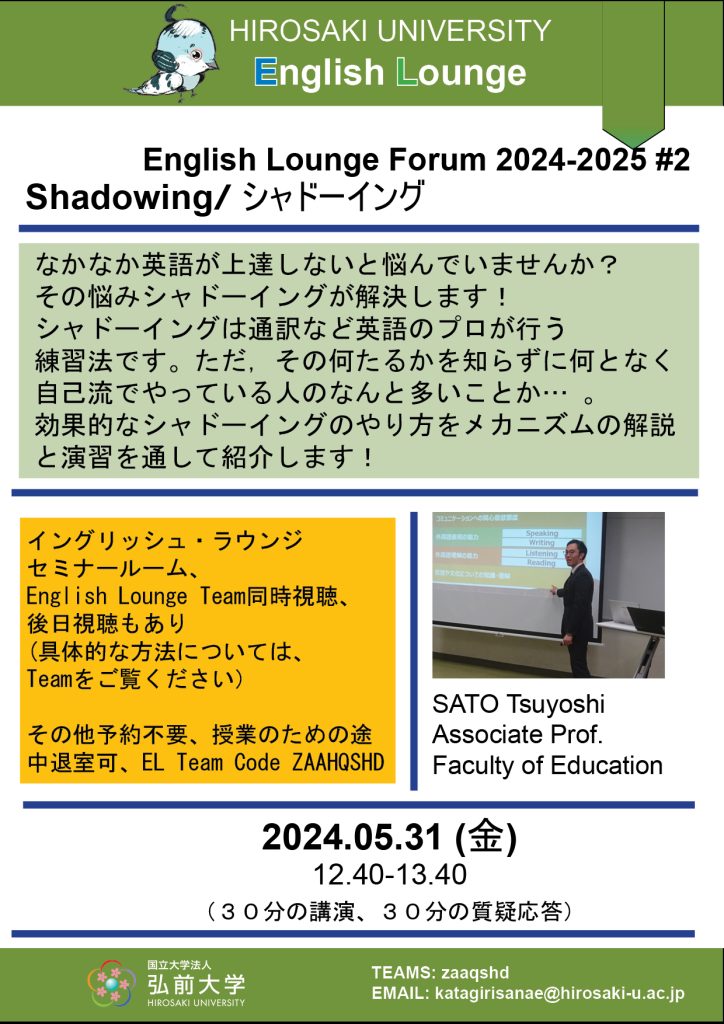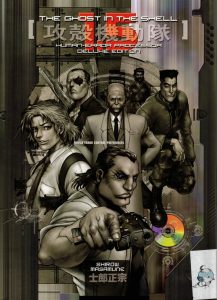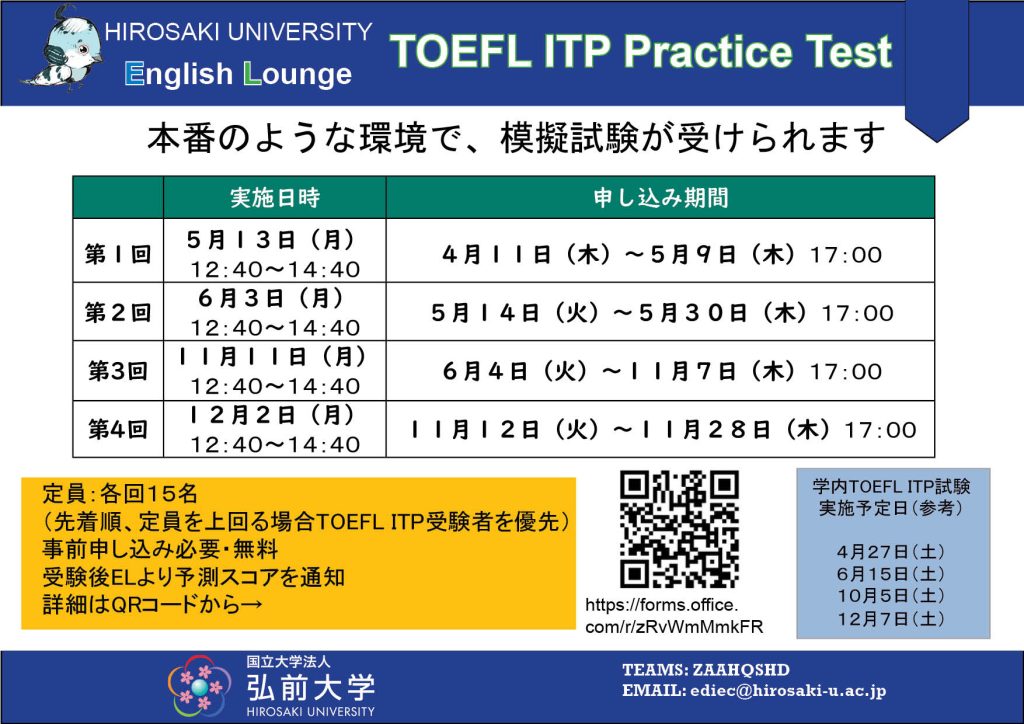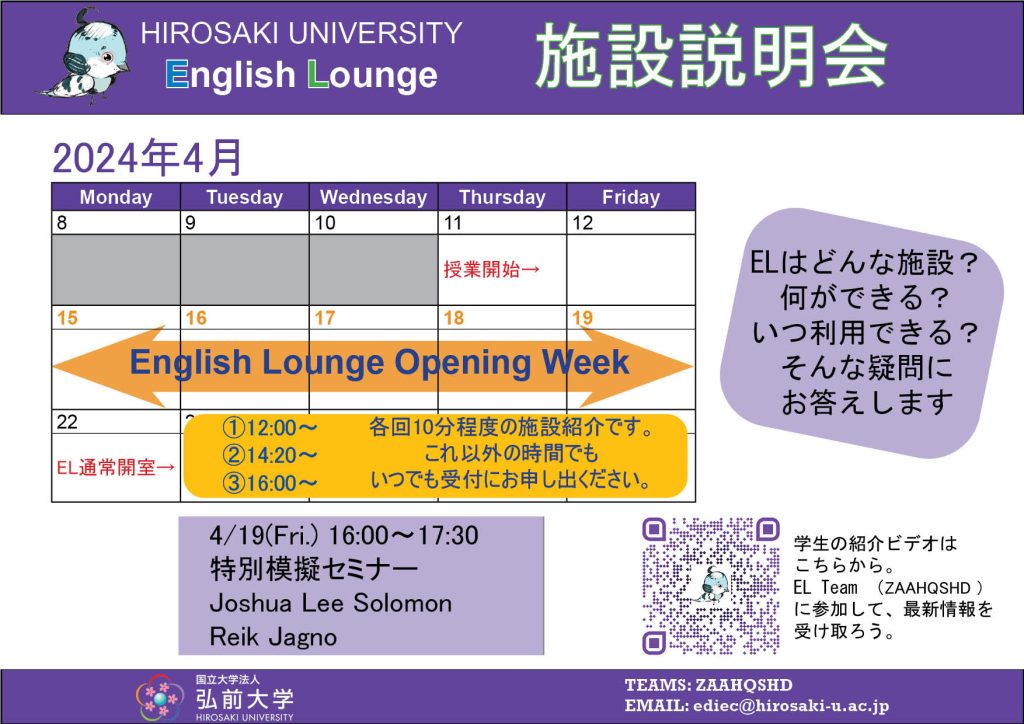
5月 10
EL Game Series (06): “Last Word”
[Welcome to the EL game series. These posts are all short introductions to games you can play in the EL. Because learning to play games in English can take a long time, some posts will explain how to play simple versions of games. Other posts tell you why you should use games to practice English. You can also use the tags to find other posts you might be interested in.]
(ELゲーム連載へようこそ。このコラムはELで遊べるボードゲームやカードゲームを紹介します。本来のやり方通りにやってしまうと、遊ぶまでの時間が大変かかるかもしれないので、ある投稿では簡単な遊びの工夫が紹介されます。ほかの投稿ではなぜゲームで英語を勉強するのがよいかが説明されます。投稿のタグを使ってほかに興味ありそうなポストを見つけられます。)
_______
“Last Word” is a game about quick thinking and vocabulary knowledge. However, you can easily change or adapt the rules to make a new game that is the right level of challenge.
The basics: There are two kinds of cards in the box: letters (a, b, c…) and categories (round things, things found in the kitchen, sports things…). There is also an electronic timer (definitely don’t use) and scoreboard (use if you want to).
For English Learners:
- Some categories involve pop culture (famous people, famous books, etc.). I recommend skipping those cards.
- Game 1: Put six categories in the middle of the table. Turn over one letter card. The first person to say a word starting with the letter and matching a category takes the category card. Turn over a new letter and continue until all categories are gone.
- Game 2: Show one category card and one letter. Someone says a word starting with the letter and matching the category. They take the letter card and turn over a new letter. Continue until no one can think of an answer matching the category. Choose a new category and start again.
- Game 3: Show a letter and category card and set a 2-minute timer. Each person/team writes down as many words as they can think of that match the category and start with the letter. After the timer ends, compare lists to see who thought of more words.
- Variation: Play one of the games above, but switch the letters and categories.
Final Thoughts: The tools in the box are so simple that you can make up any game that you want. You can even try using the categories for a different game of Pictionary or charades.

5月 02
English Lounge Forum 2024-2025 #2 Shadowing/ シャドーイング

Shadowing/ シャドーイング
なかなか英語が上達しないと悩んでいませんか?
その悩みシャドーイングが解決します!
シャドーイングは通訳など英語のプロが行う
練習法です。ただ,その何たるかを知らずに何となく自己流でやっている人のなんと多いことか… 。
効果的なシャドーイングのやり方をメカニズムの解説と演習を通して紹介します!
2023.05.31 FR.
12.40-13.40
Talk and Q & A
English Lounge/Teams
5月 02
セミナー休講のお知らせ
申し訳ございません。
多田担当のセミナー
5月7日(火)
12:40〜TOEIC Beginner
14:20〜Beginner Time
を休講にいたします。
5月14日(火)は通常通り行いますので、ぜひ来てくださいね。
4月 16
English Lounge Forum 2024-2025 #1 Extensive Reading

Learn about Extensive Reading
Extensive reading is a reading approach in which learners read large amounts of material in a foreign language, usually at or slightly below their level of proficiency, with the goal of improving their language skills, especially reading fluency and comprehension.
The focus of extensive reading is on reading for pleasure and interest, rather than for the purpose of language analysis or grammar study.
2024.04.26 FR.
12.40-13.40
Talk and Q & A
English Lounge/Teams
4月 04
Sankaku Lounge
さんかくラウンジは、ジェンダーやセクシュアリティに関わらず、弘前大学の学生や 教職員が気軽に立ち寄り、ただその場に居たり他の参加者と話したり、自由に時間を 過ごすことのできるスペースです。ジェンダーやセクシュアリティに関してモヤモヤと 気にかかっていることをシェアしたり、関連する本を手に取ったり、ときどきは関連する 映画を観たりすることもできます。開催時間中の出入りは自由(参加申込不要)です。
| 会 場 | 総合教育棟2階 イングリッシュラウンジ および Microsoft Teams |
|---|---|
| 参 加 費 | 無料 |
| 対 象 | 本学の教職員・学生 |
| 参加方法 | 事前の参加お申込は不要です。 会場にいらっしゃる方は、開催時間中いつでもお気軽にお立ち寄りください。 Teamsで参加される方は下記リンクもしくは「コードでチームに参加する」から「5hhbw3g」を入力してご参加ください。 さんかくラウンジのチームはこちら |
| 協 力 | イングリッシュ・ラウンジ |
| 連絡先・ 問い合わせ先 |
弘前大学 男女共同参画推進室 TEL: 0172-39-3888/FAX:0172-39-3889 Email:equality[a]hirosaki-u.ac.jp ※[a]を@に置き換えてください。 |
3月 18
EL本棚紹介(87) The Ghost in the Shell, Volume 1, by Shirow Masamune
[Welcome to the EL Book Introductions series. These posts are all short (<180 words) introductions/reviews of books in the EL library. They focus on telling you what we think will be interesting for you, a college student and English learner, so use them to help you find the right book for you. You can also use the tags to find books about topics you might be interested in.]
_______
Ghost in the Shell is a classic of Japanese animation (https://www.imdb.com/video/vi497074969/?playlistId=tt0113568&ref_=tt_ov_vi) which was recently made into a (poorly-received) Hollywood movie (https://www.imdb.com/title/tt1219827/?ref_=nv_sr_srsg_0_tt_8_nm_0_q_ghost%2520in). It tells a complex and philosophical story of cyborg (part human, part machine) detectives attempting to stop a series of murders. On the one hand, the movie asks deep questions about identity and what it means to be human; on the other hand, it paints the picture of a beautiful cyberpunk city accompanied by memorable music.
The Ghost in the Shell manga, by contrast, is less a philosophical text, and more an action/mystery/detective story. There are interesting SF elements, and the drawing is often busy and unique. While it is called “volume 1,” this book is actually a spin-off series of stories with secondary characters. As the author explains in his commentary in the back of the book, it may be better to just enjoy the atmosphere (including a lot of interesting casual and SF language) than to look for a comprehensible story. Also, there is a surprising amount of humor in these pages compared to the film.
My two cents: One of the most interesting features of this book is actually the very last three pages. They contain an index of the “SFX” (擬音語・擬態語) throughout the story and their English translations. It may be worthwhile just to look at those few pages on their own.

1月 29
EL Competition 2024 You Can Learn English in Any Environment.
The event that made me decide to study English more seriously was when I went to Tokyo last summer to support high school students in their English activities as a university student mentor. I had always liked and studied English, and I was invited to participate in this activity by a friend of mine who was attending a university overseas. To be honest, I felt envious that I could acquire English skills because I had studied in a fulfilling environment. I also felt a little depressed because I had always assumed that my English skills were limited because I did not have the money to study abroad and did not belong to an international faculty, so it was inevitable that my English skills would not improve. However, a senior student saw this and approached me and told me that she had never studied abroad and was studying something unrelated to English at university. I was shocked because he spoke very fluent English, but he advised me that if I had the desire to learn, I could improve my English skills no matter what the environment was. He also gave me concrete information about the study methods he was practicing. I am very grateful to him, and I now want to continue learning English at my own pace and in my own way, without setting my own limits.






